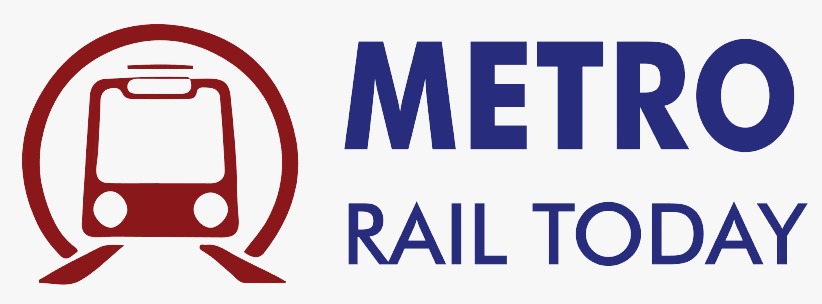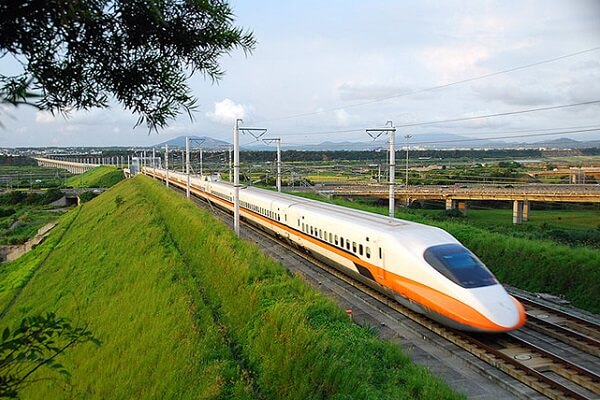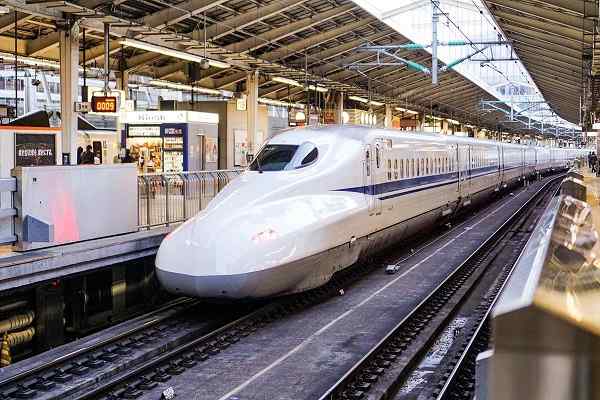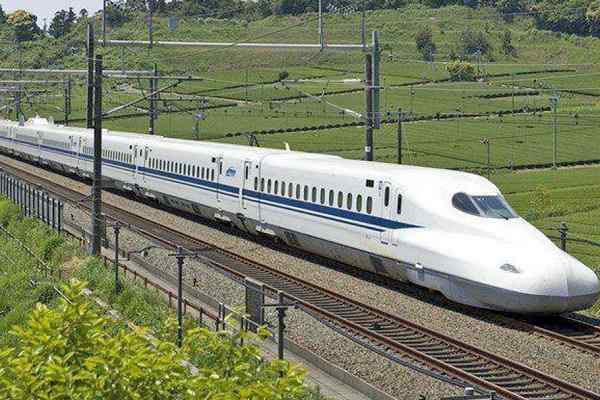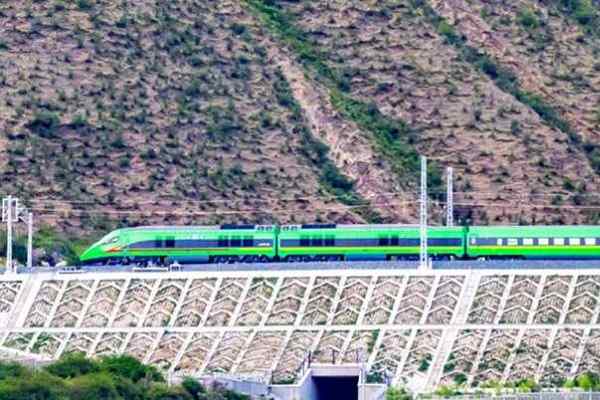 Saudi Arabia and Qatar Sign Landmark Agreement for Riyadh–Doha High-Speed Rail Link
Saudi Arabia and Qatar Sign Landmark Agreement for Riyadh–Doha High-Speed Rail Link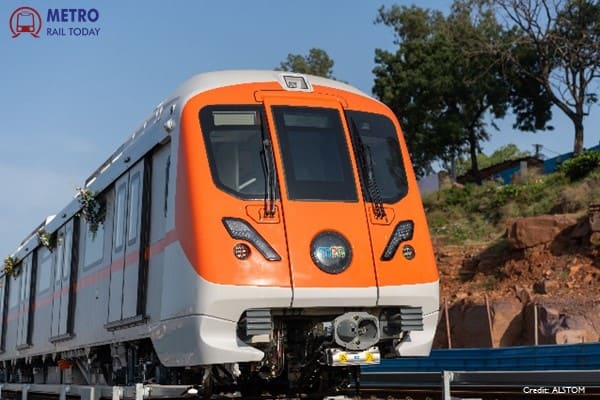 PM Narendra Modi to inaugurate Bhopal Metro operations on December 20, CMRS approval received
PM Narendra Modi to inaugurate Bhopal Metro operations on December 20, CMRS approval received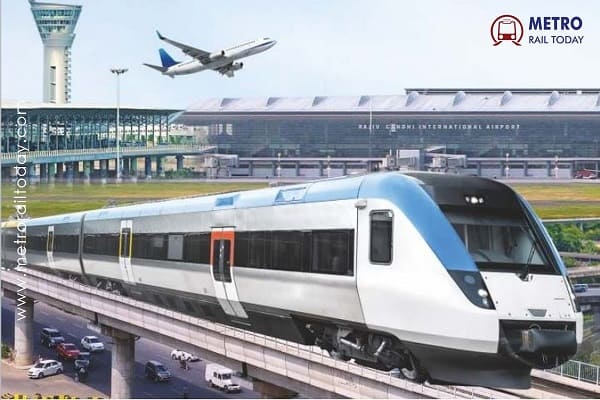 Centre orders NCRTC to prepare revised DPR for ₹20,637 crore Delhi-Noida Airport RRTS Corridor
Centre orders NCRTC to prepare revised DPR for ₹20,637 crore Delhi-Noida Airport RRTS Corridor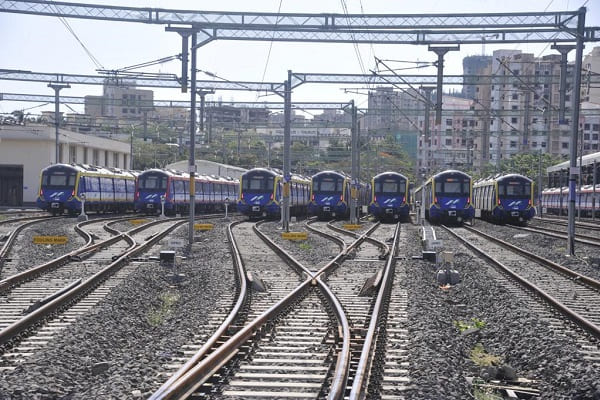 Mumbai Metro deploys Indigenous AI-Based Wheel Profile Monitoring System in Charkop Depot
Mumbai Metro deploys Indigenous AI-Based Wheel Profile Monitoring System in Charkop Depot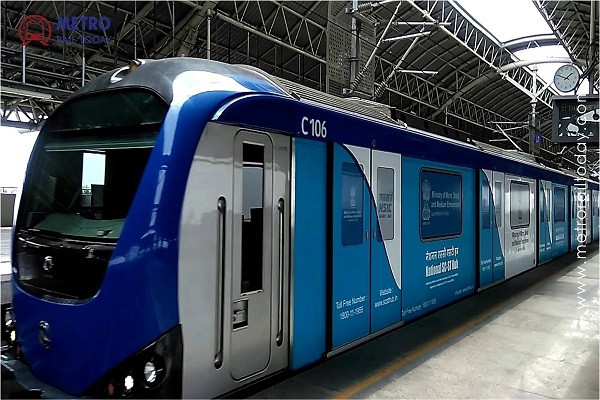 ADB approves $240 million loan to accelerate Chennai Metro Phase 2 Expansion
ADB approves $240 million loan to accelerate Chennai Metro Phase 2 Expansion Kalpataru Projects-HG Infra Engg JV bags ₹1,415 Crore EPC Contract for Thane Metro Rail Project
Kalpataru Projects-HG Infra Engg JV bags ₹1,415 Crore EPC Contract for Thane Metro Rail Project MAHA Metro floats ₹223.70 Crore Civil Tender for Six Elevated Stations of Thane Metro Rail Project
MAHA Metro floats ₹223.70 Crore Civil Tender for Six Elevated Stations of Thane Metro Rail Project Construction begins on Delhi Metro Phase 4's Saket G Block–Lajpat Nagar Corridor
Construction begins on Delhi Metro Phase 4's Saket G Block–Lajpat Nagar Corridor Kerala proposes RRTS as alternative to K-Rail Silver Line, Eyes faster clearances under Metro Policy
Kerala proposes RRTS as alternative to K-Rail Silver Line, Eyes faster clearances under Metro Policy India’s Metro Rail Network crosses 1,080 km as Southern States drive expansion
India’s Metro Rail Network crosses 1,080 km as Southern States drive expansion
India’s First Bullet Train to begin Operations on 100-km Surat–Vapi stretch by August 2027
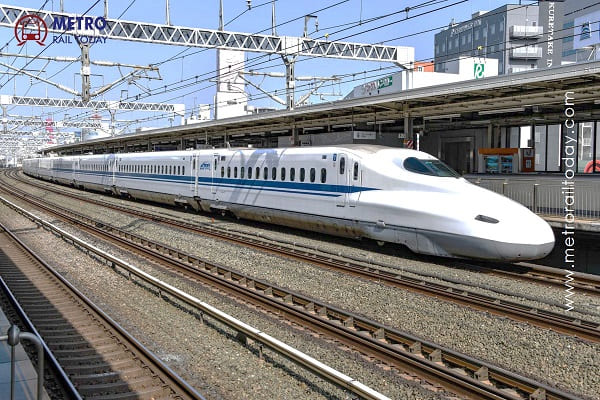
New Delhi, India (Metro Rail Today): India’s long-awaited dream of launching its first high-speed bullet train is finally within sight, with the Union Railway Minister Ashwini Vaishnaw announcing that the inaugural run of the Mumbai–Ahmedabad High-Speed Rail (MAHSR) corridor will take place in August 2027. The first operational stretch will cover a 100 km section between Surat and Vapi, marking the country’s entry into the league of true high-speed rail nations.
The Minister confirmed that construction has crossed several major milestones and is now moving at “unprecedented speed.” Over 290 km of viaduct has already been completed, along with 12+ major river bridges. The iconic Narmada River bridge—one of the most complex engineering elements of the project—has made remarkable progress. Station development at Surat, Vapi, Bilimora, and Bharuch is also advancing rapidly, following Japanese Shinkansen-grade standards in design, safety, and passenger experience.
Shinkansen Technology Sets a New Benchmark in India
Vaishnaw reiterated that India is adopting the exact same technology used on Japan’s globally renowned Shinkansen network. From the rolling stock to the slab track system, signalling, and safety mechanisms, the Indian bullet train will replicate Japan’s zero-accident high-speed ecosystem.
Once the full corridor becomes operational, trains will run at a top speed of 320 kmph, reducing the Mumbai–Ahmedabad travel time from nearly six hours to just two hours, completely redefining long-distance travel across western India.
A crucial pillar of the project is the upcoming world’s largest High-Speed Rail Training Institute at Vadodara, where Indian engineers, pilots, and technicians are being trained under Japanese guidance. This facility will enable India to operate and maintain the bullet train network with global best practices.
Engineering Milestones Pave the Way for 2027 Launch
The 508 km corridor has seen rapid progress in both Gujarat and Maharashtra. Key achievements include:
-
Deployment of continuous full-span viaduct technology
-
Launching of long steel girders over critical sections
-
Progress on India’s first underwater tunnel element
-
Massive civil works covering stations, depots, bridges, and track beds
-
Accelerated construction in the Thane–Virar belt
Japan is supplying the high-speed rolling stock, signalling equipment, and advanced safety systems, ensuring that India’s first bullet train corridor meets international benchmarks for reliability and passenger safety.
Welcoming the Minister’s announcement, Mrs. Mamta Shah, MD & CEO of Urban Infra Group, said:
“The confirmation of the 2027 inaugural run marks a defining moment in India’s infrastructure journey. The Bullet Train project is not just about speed—it represents precision engineering, global-standard safety, and a new era of mobility for the country. This milestone sets the tone for India’s next phase of high-speed transport development.”
A New Era for India’s Rail Modernisation
If construction continues at the current pace, the 2027 launch of the Surat–Vapi stretch will become the single most significant leap in the history of Indian railways. For the first time, India’s mobility landscape will feature ultra-fast, highly safe, and modern high-speed trains for millions of passengers.
The Mumbai–Ahmedabad Bullet Train is no longer just a vision—it is fast becoming a reality, and its first ride in 2027 will signal the dawn of next-generation travel in India.
